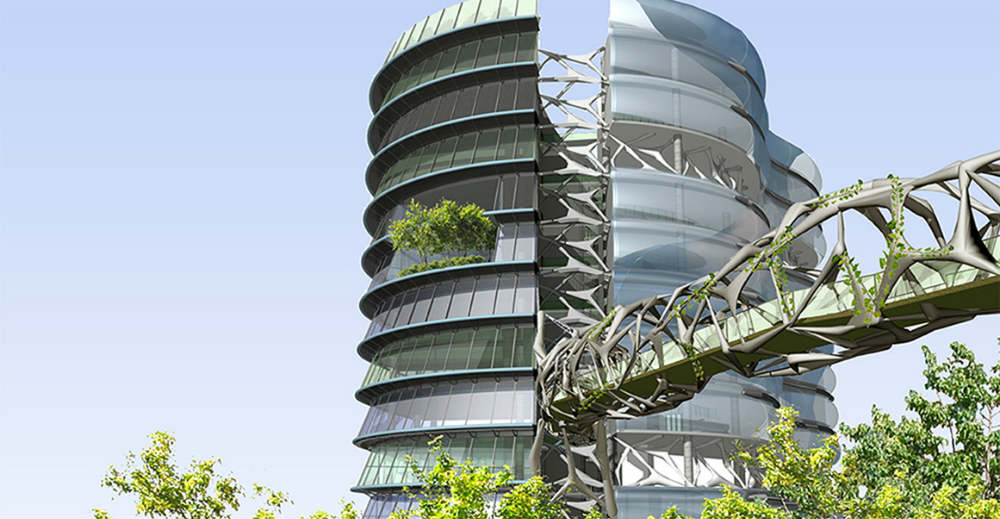The green trend: 5 sustainability developments you’ll want to know

The world is changing, and so is the way we construct it. As an engineer, you’re at the top of your game when it comes to designing and implementing infrastructure. Your work is vital to the success of numerous industries. The future looks set to hold significant environmental challenges, and engineers will be at the forefront of innovation in this field.
As we move into a more sustainable future, it is important to keep on top of trends, so that you can continue to deliver the best possible project outcomes for stakeholders, within new government guidelines. Here are the top five trends in sustainability to sit up and take notice of.
Green districts
The influence of international climate agreements has been felt in individual cities, as residents unite to become more environmentally friendly. This has led to the creation of ‘green districts’ through programs such as EcoDistricts.
These companies provide advisory and certification services to engineers and town planners, and aim to facilitate the construction of beautiful yet functional buildings that work to reduce environmental impacts. The end goal is to create net-zero buildings, where the structure has a neutral to positive effect on the environment. With the demand for sustainable housing growing, projects such as these look set to explode in the near future.
Sustainable materials
The steel industry has embraced their position as one of the most recyclable building products, climbing to a 98 per cent re-use rate. Not only will this rate continue, but other construction materials will increasingly be made biodegradable or reusable.
Indeed, Michael Tobias of New York Engineers suggests that the green building materials industry in the US is set to generate $86 billion in 2017. The increased uptake of sustainable building materials goes hand-in-hand with the demand for more sustainable housing and business space – as cities, states and countries look for ways to reduce carbon footprints and energy consumption.
Corporate renewables
Big corporations are often associated with environmental damage, as the pursuit of business profits see many ignore sustainable options. But this is largely changing, as many multinational corporations begin to show interest in using, or even developing, their own renewable energy sources.
As of the beginning of 2017, 65 companies have signed the Corporate Renewable Energy Buyers’ Principles Project, which aims to break down the roadblocks businesses face to accessing renewable energy. Google and Apple have also announced their own sustainable policies on renewable energy.
Passive housing design
Where houses have previously been constructed with a reliance on technology, the desire for sustainability has seen a push towards buildings that can regulate themselves and survive off-grid. Housing, in particular, will see an increased focus on utilising natural lighting and adaptable insulation, so that temperature control does not rely so heavily on energy consumption. This will help combat rising electricity prices and the potential for energy restrictions.
Increasing accountability
The signing of the Paris Agreement was a monumental step that sees countries take more responsibility for their impact on the environment. As a result of the conservation measures adopted, engineering looks to be held increasingly accountable for the building and infrastructure they create, through the use of building certifications and ratings.
The US already utilises the Leadership in Energy and Environmental Design (LEED) standards, while Australia has the Nationwide House Energy Rating Scheme (NatHERS) – both of which measure the energy efficiency of new homes. As governments become more committed to energy targets, expect standards like these to be implemented more rigorously.
To learn how an engineering management degree can help you prepare for a sustainable future, reach out to one of our Student Advisors on 1300 701 171.

